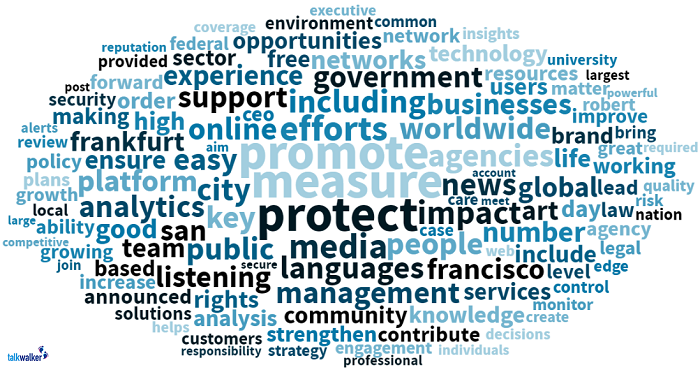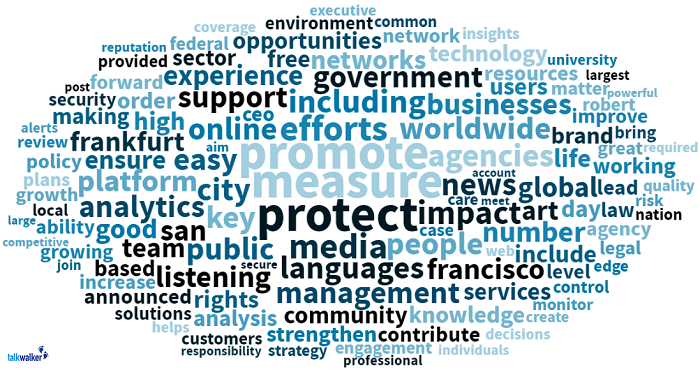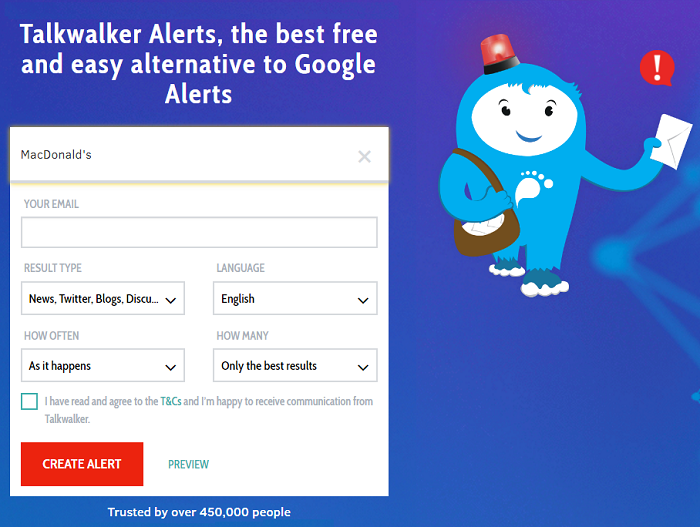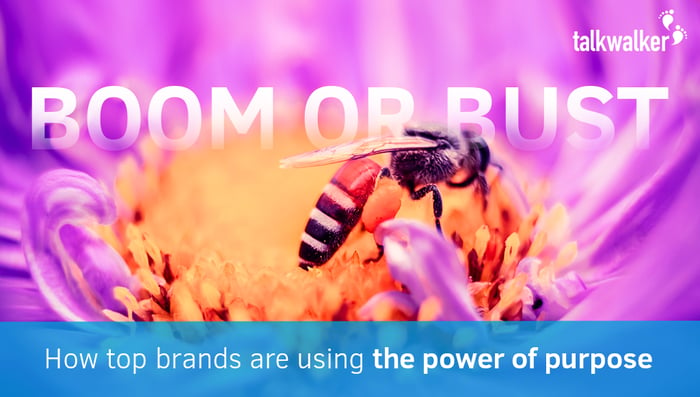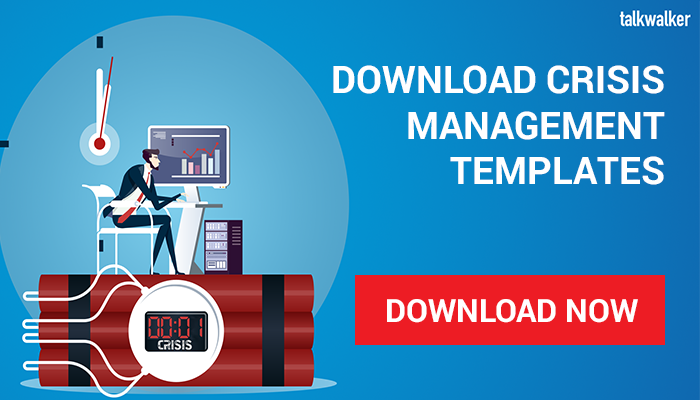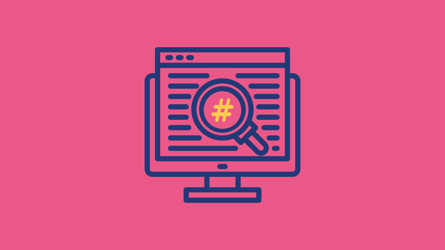DOWNLOAD FREE CRISIS MANAGEMENT TEMPLATES
Having worked in several contrasting industries, including – fraud management, graphics, print, domain name registration, and social listening – I’ve picked up useful bits and pieces along the way. While the companies specialized in different areas, there’s a common thread running through them... protection.
- Fraud management & revenue assurance promises to protect a company’s reputation, profitability, revenue generation, customer service, and brand trust.
- Graphic designers protecting their work from others claiming the design as their own or reproducing it without credit. While, taking care not to infringe someone else’s work.
- A domain registrar provides domain name registration. Once registered, it's safe. Theoretically. A website’s domain name is a brand asset that has to be protected from cybersquatters looking to extract money or destroy a brand's reputation.
- What can I say about social listening? You protect. You measure. You promote. You win!
Regardless of industry, whether your product is tangible or not, it’s all about protecting your assets. Protecting your brand.
Safeguarding your brand’s future potential as a revenue hero, brand protection isn’t just securing your brand, it’s promoting it. Putting your brand online - unavoidable in the age of social media - opens it up to attack, makes it vulnerable. With countless ways for brand abusers to hit you, diligence is essential - knowledge is power.
Online brand protection starts with consistency of use and message. You’ll need a deep-diving process to protect your brand, and it should be implemented before you go anywhere near the online world.
Protect Measure Promote
Deceive consumers, kickoff a controversy - intentionally or not - and brand trust will diminish. A cyber attack, brandjacking, phishing, cybersquatting… are not yoga moves. An imitation of your logo is not the sincerest form of flattery. And, there is such a thing as bad publicity.
Talkwalker’s Quick Search - powerful social media search engine.
Why protect... measure and promote?
Don’t fall into the trap of thinking that brand protection is done in isolation. It’s not simply keeping your brand safe. It’s a vast umbrella that covers:
- Getting the jump on competitors and fraudsters with multiple domain names, to protect and promote your brand
- Protecting your brand assets - logo, brand, tagline, content, employees
- Finding your voice, telling your story, and protecting your authenticity, your character, your reputation
- Turning negative sentiment into positive and measuring engagement
- Measuring your share of voice and being the loudest in your industry
- Clean SEO - no black hat. Outbound link strategy to authoritative sites only
- Protecting against trademark infringement with geo-located domain names and promoting your brand globally
- Writing a cracking social media policy and encouraging your community to sell your brand
Brand protection is everything.
3 online brand protection steps
Having a brand protection plan gives you a strategy for monitoring and measuring the market, identifying infringements, fighting off fraudsters, combating loss of revenue, retaining customer trust, promoting your brand reputation.
Let’s go…

Trademark your brand name
There’s only one Nike. If another brand tries to use Nike, they’ll feel the wrath of Nike’s attorneys and be forbidden. Why?
The brand name, the Nike Swoosh, the tagline - just do it. They’re all trademarked. Protected against counterfeiters.
You must trademark your brand, products, logo, tagline, so they remain unique to you. These elements are your major assets. If they’re used or stolen by others, your reputation could be damaged, your brand value diluted.

Giorgio who?
To police your mark. To make sure that it’s not being exploited. You need to monitor the Internet. Yep, the entire Internet. Create alerts and you’ll be notified every time there’s an infringer - a brand bandit - on the prowl. Use image recognition in your brand protection strategy, and catch all those dodgy copies.
Get global
Let’s say you’re based in the US, and you’ve set up trademark protection for your brand and company. Great. Do you have offices in other countries?
Laws differ by country. It’s important that you protect your brand around the world. You might be a small US-based business with no plans for expansion, but who knows what the future holds?!!
IP protection
Intellectual property (IP) protection or, protecting your brand’s integrity. It’s real important that you secure your trademarks, copyright, patents - brand name, logo, website copy, products.
It’s hard work, creating unique content. Then it’s stolen - your website scraped. Your words, your images, turning up on another website. Sign up for DMCA (Digital Millennium Copyright Act) Protection and Takedown Services - the big boys of copyright infringement takedowns. It’ll send out a cease and desist order - a takedown notice - and give you a cool certification badge to display on your site that acts as a deterrent to content thieves.
Always, always, always use a strong password
Yes, it’s obvious. Yes, we know that PASSWORD123 is not cool.
Cyberattacks and PR threats occur on a daily basis. Password security ensures that your company data is safe. Your brand is protected against reputational damage. P@5$w0rD is easy to remember, but you’d be foolish to assume that hackers are stupid. These guys know what they’re doing.
Get complicated. Try using a phrase. Use characters, different cases, spaces, symbols, numbers.
Password security will keep your company information secure and protect your brand from reputational damage.
Discover negative conversations in real-time
Track social media channels - monitor mentions - for malicious activities and threats against your brand.
Find a potential crisis and stop it going viral. Be proactive and reactive - create alerts for mentions of your brand, products, etc. To fine tune, use Boolean logic.
- Set up alerts for your brand that include keywords like - breached, hacks, outage, scam, fraud, fake, defective, etc.
- Alerts should be included for variations/misspells of your brand. Not only will you catch mentions from consumers hitting the wrong keys, you’ll catch counterfeiters - MacDonalds, Channel, Gilette, Cannon, etc.
Alerts should include misspellings to catch fat-fingered consumers and counterfeiters.
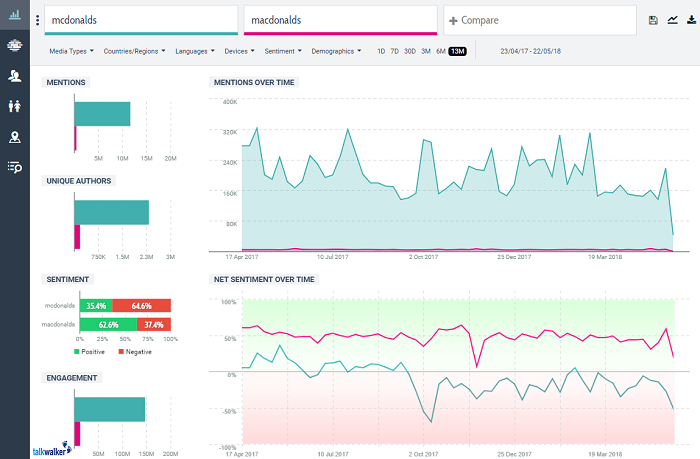
McDonald’s vs MacDonald’s - don’t miss results or fraudsters.
Use brand protection tools for tracking your brand online like Talkwalker’s social listening platform, and free tools like Google Alerts and Talkwalker Alerts.
There are things you can do to prevent - or in the worst case, tackle - a crisis. My crisis management guide gives you an issue flowchart and a 13-step crisis plan checklist. You can download them here:
protect your brand with free crisis management templates
The flowchart walks you through the actions you should take when you identify a potential crisis - monitor, respond, code red. The checklist itemizes the steps you should take if a crisis escalates.

Be on social, or be antisocial
You could be missing out on exposure and traffic. Alerts created for your competitors will highlight the channels they’re using that you may not have joined. If they’re doing well - winning with sentiment, share of voice, mentions - jump on board.
Don’t you want your website ranking on page 1?
Not exploiting these social channels can damage your SEO. Search engines recognize social signals - shares, comments, visibility - and use them when ranking websites.
- Find when your audience is online, and post regularly
- Engage with consumers
- Humanize your company - social is the less corporate face of your brand
Social listening
If you don’t listen to consumers, you won’t hear the good things they say about your products. You won’t hear the bad they say about your brand.
Big ears are essential if you want to protect your brand. Or, the best social listening tool on the market.
A social listening tool will monitor and analyze all that’s said about you, your products, your competitors, your industry.
- How consumers feel towards your brand - the sentiment they express
- Your share of voice compared to your competitors
- The volume and subject of conversation in your industry
If your sentiment is coming up negative, you can dig deeper and find the source. Is your share of voice less than your biggest competitor? Why? What are consumers talking about? Could you jump into these conversations and upsell your brand?

Acknowledge mentions - good & bad
Positive mentions are good. Negative mentions are bad. Yeah, it’s not rocket science.
How should you react?
All reviews, feedback, comments, have to be acknowledged. Ignored negativity festers. It'll damage your brand reputation. Not only will your reputation suffer, so will your sales. Consumers check out online reviews before making a purchase.
Online reputation management will help you nurture a positive online presence. Protect your reputation…
- Respond to all mentions - good, bad, indifferent
- Personalize your message to humanize your brand
- Add value to your response
If you’re really good, you’ll turn it around and win a brand advocate.
Domain names - yes, multiple
It’s your website address - talkwalker.com - your online identity. To protect your identity, your brand integrity, and to increase the power of your brand online, you should register variations of your domain name.
- Register your products and services, and redirect to your website to increase online visibility
- Market globally with country code domain names - talkwalker.lu - talkwalker.us
- Grab misspellings of your brand to catch all your traffic - talkwaler.com - tallwalker.com
- Register multiple domain extensions and redirect - talkwalker.xyz - talkwalker.social - talkwalker.net - so others can’t
Authentic brand story
I can’t express how important this is, so I’ll let Dan - How brands are using the power of brand purpose.
Brand purpose is what you stand for, your brand values. It defines the characteristics of your brand, your products, your company. Why your brand is special.
Can you fake it?
Nooooooo, never fake it. Consumers will see through you. You must be credible. You must be as transparent as a really, really clean pane of glass - with your audience and with your team.
How does this relate to brand protection? Reputation and trust. Stick to your mission and the reputation of your brand will be safe. Consumers will trust you.
Brand assets
These are guidelines specific to your brand - logo, corporate colors, fonts, etc. In order to ensure brand consistency, your guidelines should be applied across social media channels, email, public communication, events. Following strict rules - you and external forces - will help you argue potential infringements or abuse of your brand assets by fraudsters.
Customer & employee advocacy
Getting your team and your customers to champion your brand, is pure marketing gold. Real people showing genuine passion - you can’t beat it. They can be your best brand advocates. But, they can be your most damaging critics if you don’t get them on board.
Employee and community advocacy is nothing new, but social media has revolutionized it and opened up new possibilities. As consumers we’ve become numb to brands marketing messages. Influencers, peers, family, friends - we’ll listen to them.
Not only are these people genuine, but they’re increasing your brand’s social reach. They’ll defend your brand online against negative mentions, post reviews of your products, share and retweet your social messages.
- Motivate your team to become brand ambassadors
- Create profiles of your team and encourage them to share their personal social media accounts
- Reward your team - a big hug, for instance - who share your brand’s values
Starbucks has an employee advocacy strategy supported by comprehensive social media guidelines. Employees are called partners, and have dedicated Twitter Facebook accounts for sharing.
Summer calls for iced drinks, sunshine and fresh name tags. ☀️ #tobeapartner pic.twitter.com/iWcg1muXd2
— Starbucks Partners (@starbucksprtnrs) May 15, 2018
“We’re called partners because this isn’t just a job, it’s our passion. So, go ahead & share it!”
A study by Cisco states that posts from employees can generate 8x more engagement than when the same content is shared by the brand.
What’s not to love?!!
Apply a social media policy
Got your team on board? Do they know the rules?
If you’re going to let your team run wild on social media, you will need to establish ground rules to protect your brand’s reputation. Keep it simple - or it won’t be read. Don’t be dictatorial - they’re likely to be using their personal channels and doing you a favor. Keep it fluid - social media is evolving, day by day.
Key points could include:
- Be transparent about your relationship with our brand, while saying posts are your own
- Respect confidentiality - technology, finances, customers, legal issues
- No inappropriate content: pornography, racial/religious attacks, gender-specific comments, gambling or drug references, comments encouraging criminal acts
- No media that will offend on the basis of race, age, sex, religious or political beliefs, ethnicity, disability, sexual orientation
- Be thoughtful and polite
Protect your brand reputation with social listening
There’s no one size fits all. Brand protection has to be tailored to your business. Flexible enough to grow when your business grows.
Your brand protection plan will protect your reputation, measure your social impact, and promote your brand. Your brand’s future will be secure. Sign up for a free demo today and let one of our brand experts show you how.

